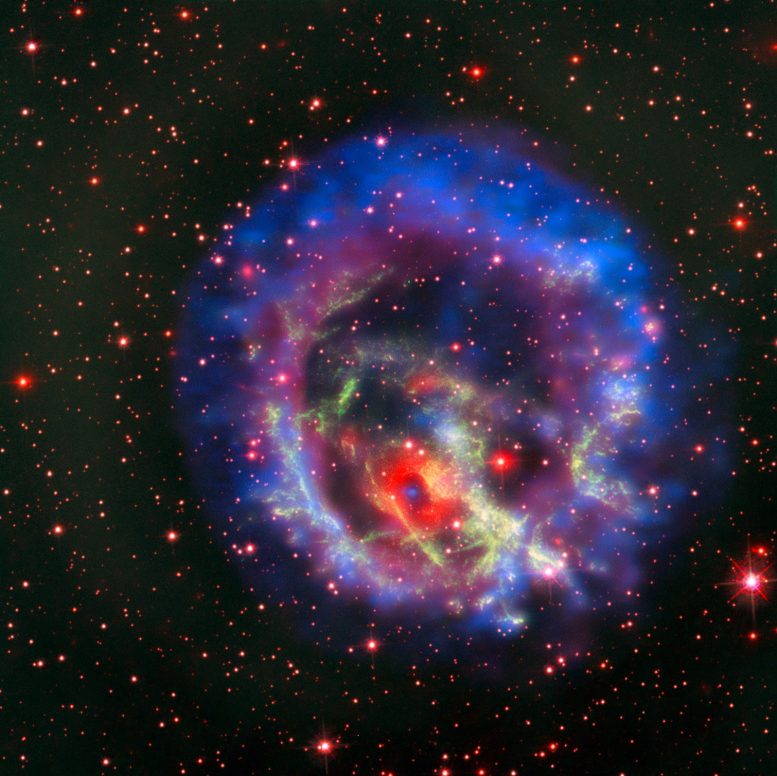
A neutron star (blue spot at the center of the red ring) located within the remains of a supernova in the Small Magellanic Cloud, located 200,000 light years from Earth. Credit: ESO/NASA, ESA and the Hubble Heritage Team (STScI/AURA)/F. Vogt et al.
Beginning of a new class of neutron stars.
A new kind of neutron star has been discovered by a University of Sydney astronomer and her colleagues in an unusual Galactic ‘graveyard’. Unlike any of its stellar neighbors, the star pulses.
An international team led by a University of Sydney scientist has discovered an unusual radio signal emitting neutron star that rotates extremely slowly, completing one rotation every 76 seconds.
The star is unique because it resides in the ‘neutron star graveyard’, where no pulsations are expected. The discovery was made by the MeerTRAP team using the MeerKAT radio telescope in South Africa and was published on May 30, 2022, in the journal Nature Astronomy.
The star was initially detected from a single pulse. It was then possible to confirm multiple pulses using simultaneous consecutive eight-second-long images of the sky, to confirm its position.
Neutron stars are extremely dense remnants of supernova explosions of massive stars. Scientists know of about 3,000 of these in our Galaxy. However, the new discovery is unlike anything seen so far. The team thinks it could belong to the theorized class of ultra-long period magnetars – stars with extremely strong magnetic fields.
“…it is very lucky that the [star’s] radio beam intersected with the Earth.”
— Dr. Manisha Caleb
Research lead Dr. Manisha Caleb, formerly from the University of Manchester and now at the University of Sydney, said: “Amazingly we only detect radio emission from this source for 0.5 percent of its rotation period.
“This means that it is very lucky that the radio beam intersected with the Earth.
“It is therefore likely that there are many more of these very slowly spinning stars in the Galaxy, which has important implications for understanding how neutron stars are born and age.
“The majority of pulsar surveys do not search for periods this long, so we have no idea how many of these stars might exist.”
The newly discovered neutron star is named PSR J0901-4046 and seems to have at least seven different pulse types, some of which occur at regular intervals. It shows characteristics of pulsars, ultra-long period magnetars, and even fast radio bursts – brief flashes of radio emission in random locations in the sky.
“This is the beginning of a new class of neutron stars. How or whether it relates to other classes is yet to be explored. There are likely many more out there. We need only look!” Dr. Caleb said.
See Strange Radio-Emitting Neutron Star Discovered in Stellar Graveyard for more on this discovery.
Reference: “Discovery of a radio-emitting neutron star with an ultra-long spin period of 76 s” by Manisha Caleb, Ian Heywood, Kaustubh Rajwade, Mateusz Malenta, Benjamin Willem Stappers, Ewan Barr, Weiwei Chen, Vincent Morello, Sotiris Sanidas, Jakob van den Eijnden, Michael Kramer, David Buckley, Jaco Brink, Sara Elisa Motta, Patrick Woudt, Patrick Weltevrede, Fabian Jankowski, Mayuresh Surnis, Sarah Buchner, Mechiel Christiaan Bezuidenhout, Laura Nicole Driessen and Rob Fender, 30 May 2022, Nature Astronomy.
DOI: 10.1038/s41550-022-01688-x
Research collaborators include the 77-person ThunderKAT team, co-led by the Universities of Cape Town and Oxford.
This research was supported by the European Research Council (ERC) under the European Union’s Horizon 2020 research and innovation program (grant agreement No 694745). The MeerKAT telescope is operated by the South African Radio Astronomy Observatory, which is a facility of the National Research Foundation, an agency of the Department of Science and Innovation (DSI). The University of Manchester team made use of the TRAPUM infrastructure, funded and installed by the Max Planck Institut für Radioastronomie and the Max Planck Geselschaft.




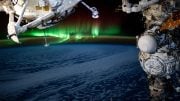
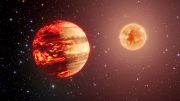
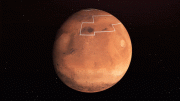
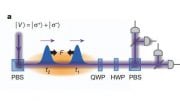


Be the first to comment on "New Type Neutron Star Discovered in Unusual Galactic Graveyard"